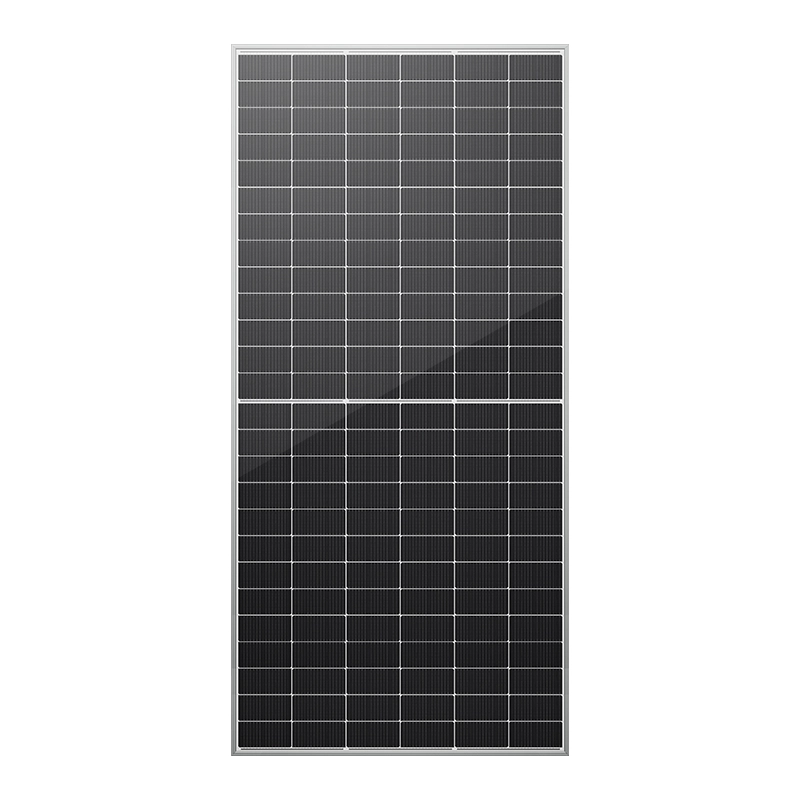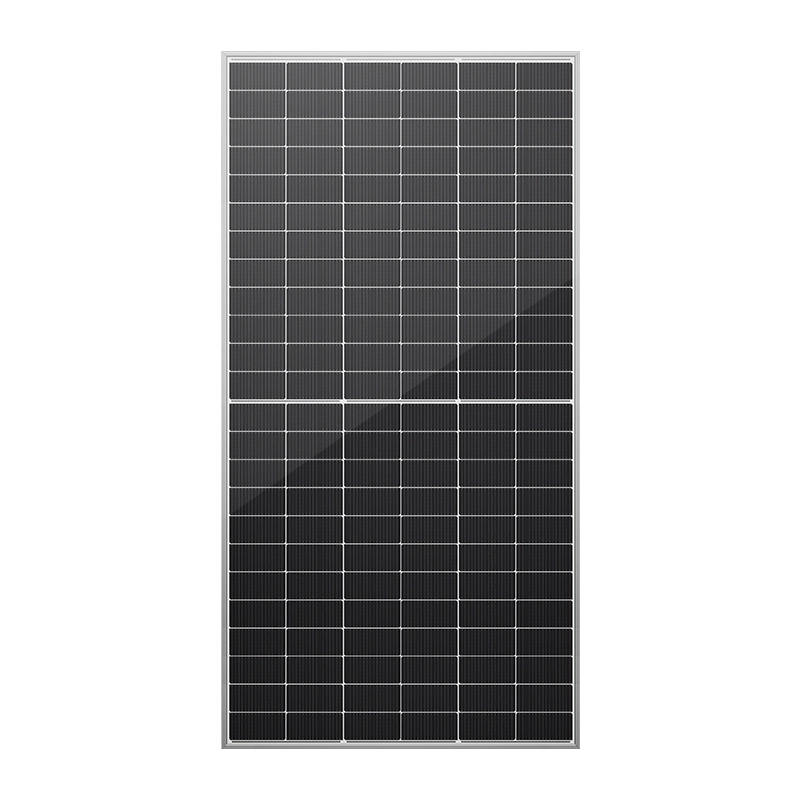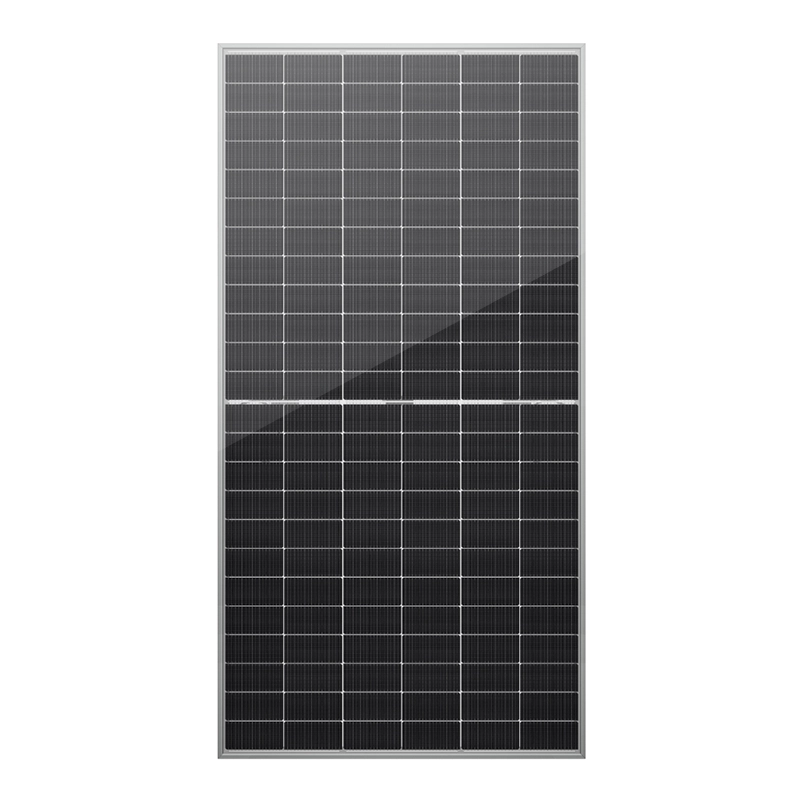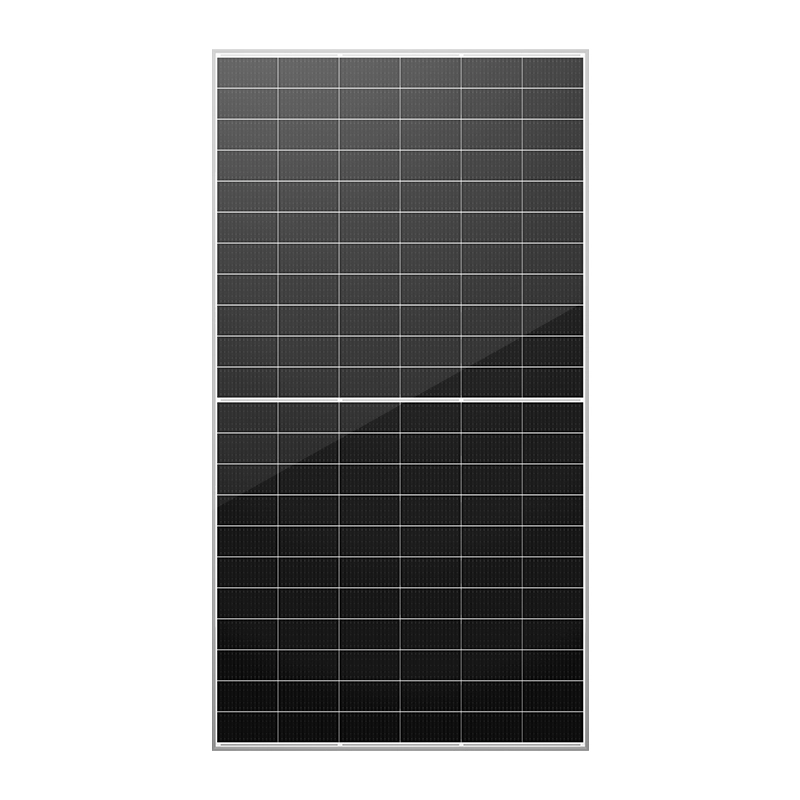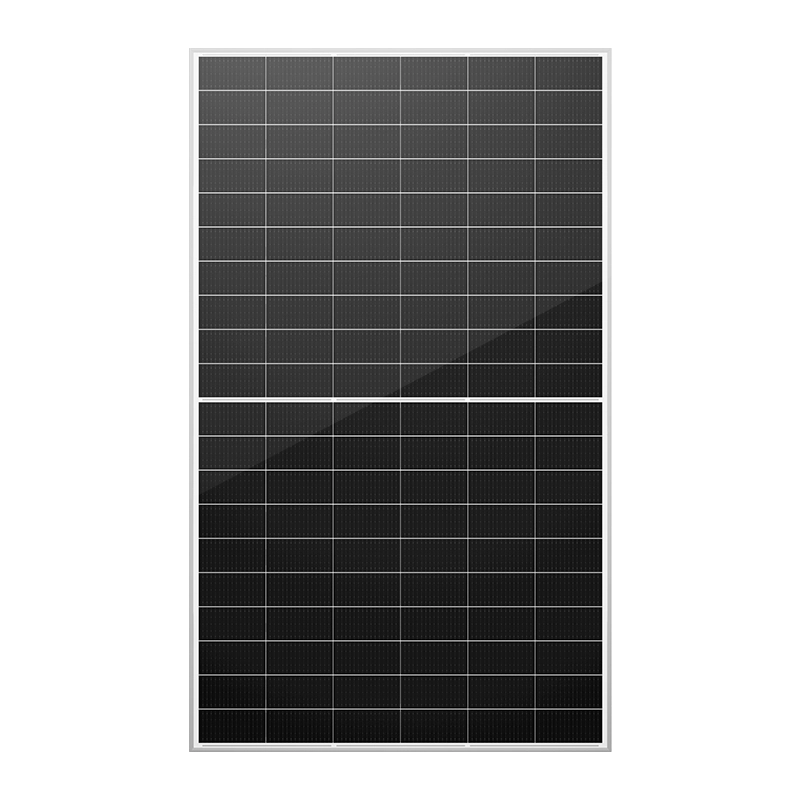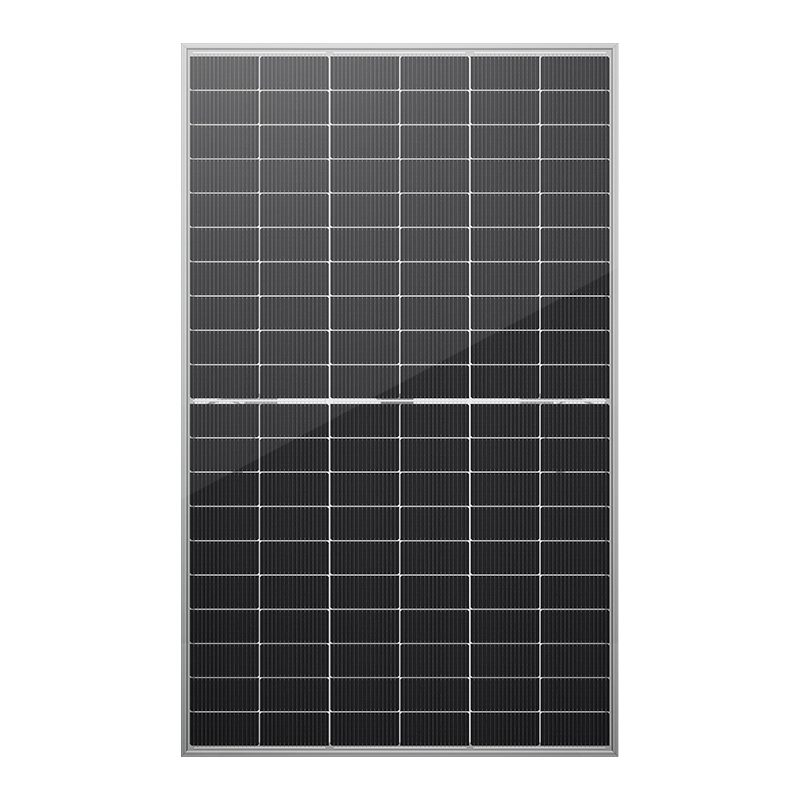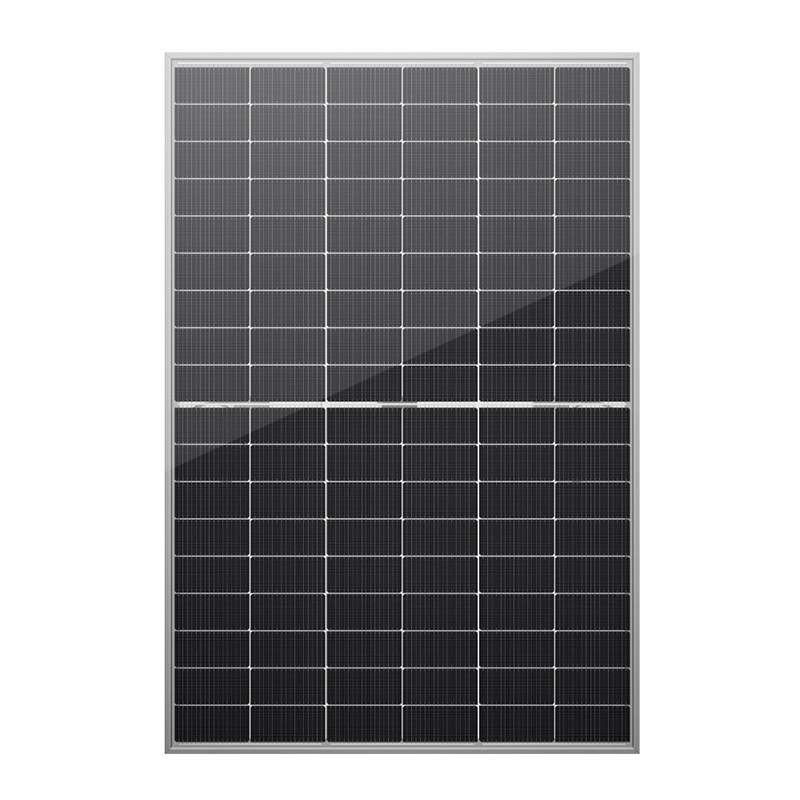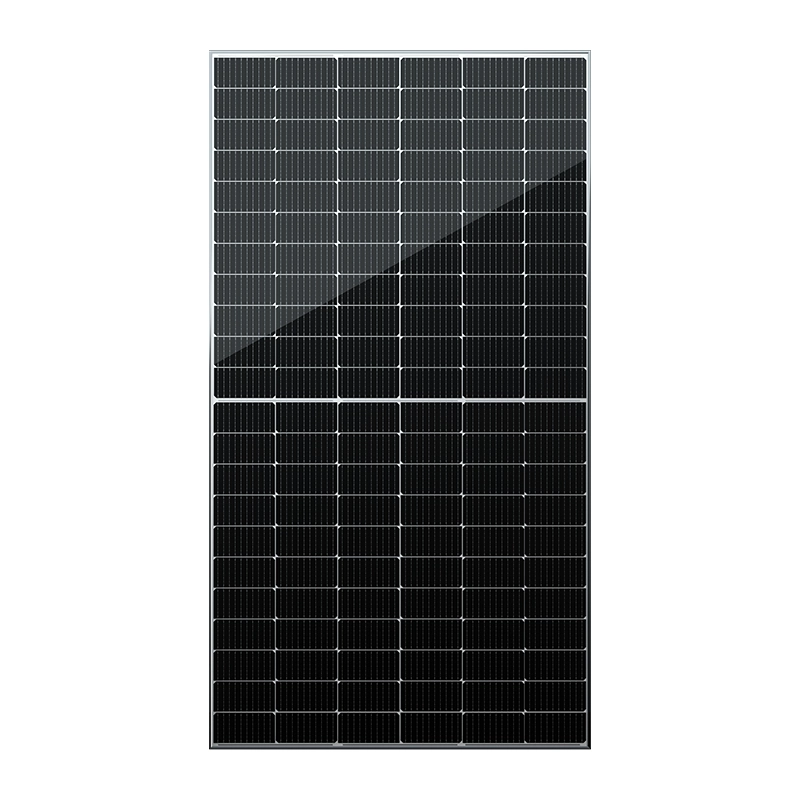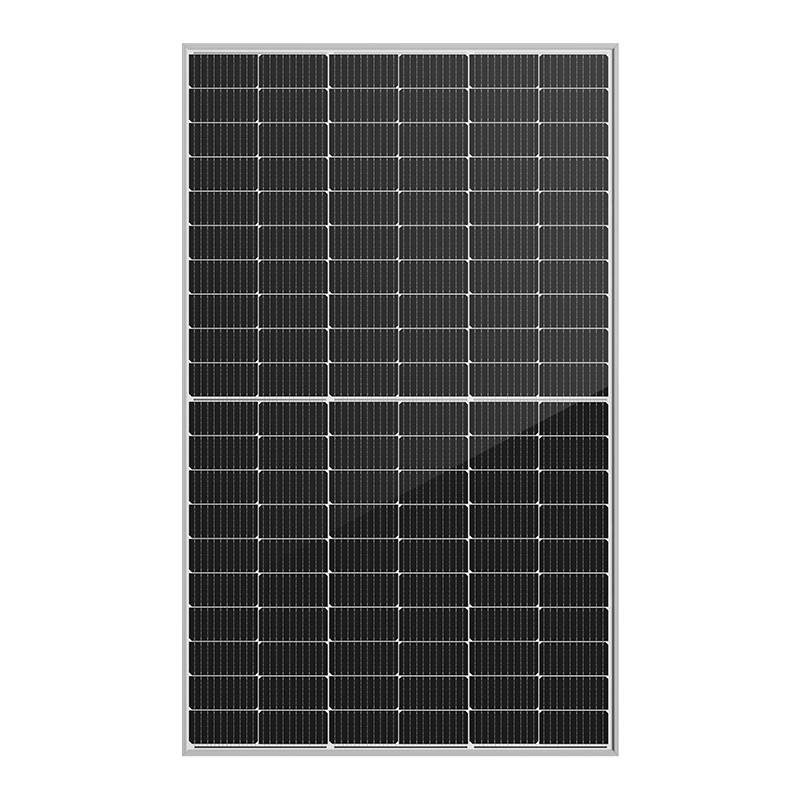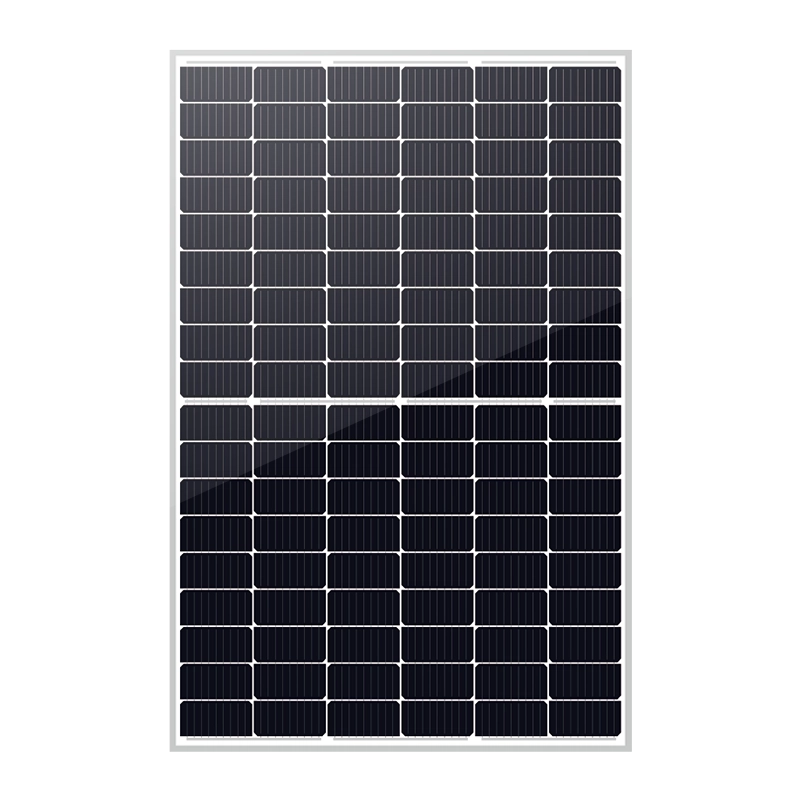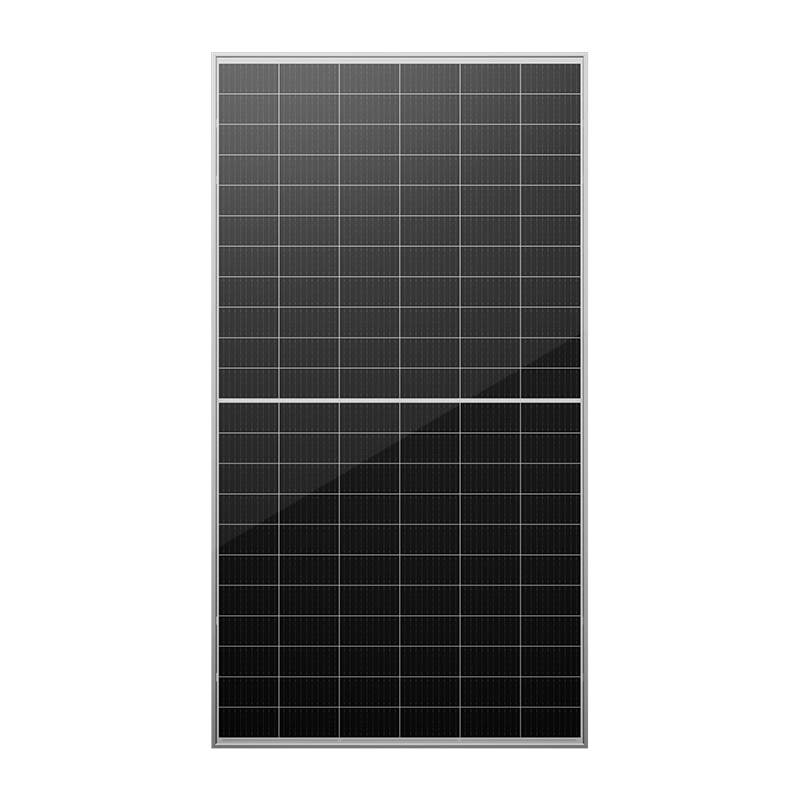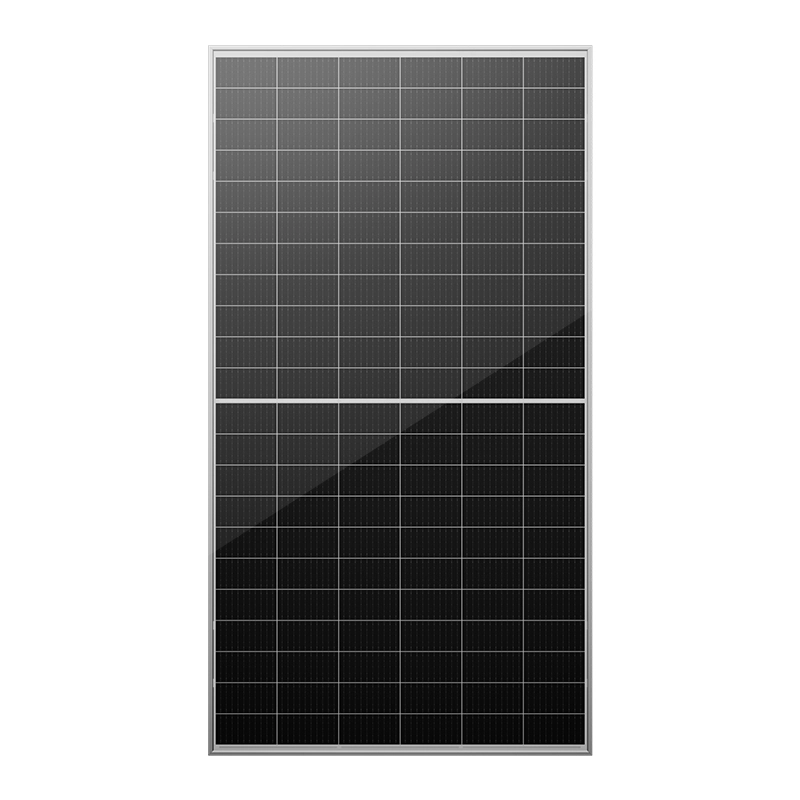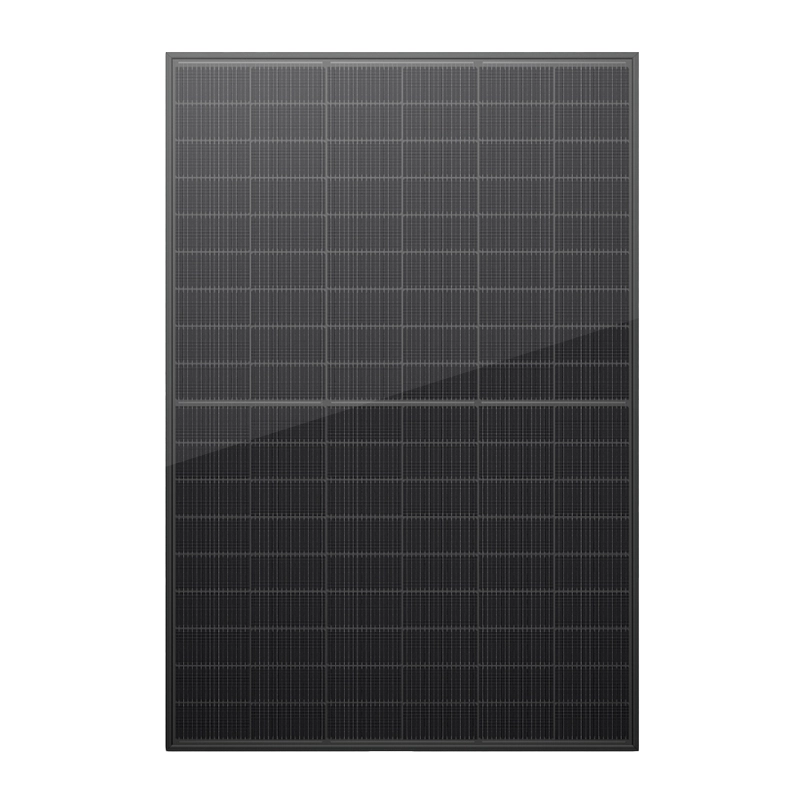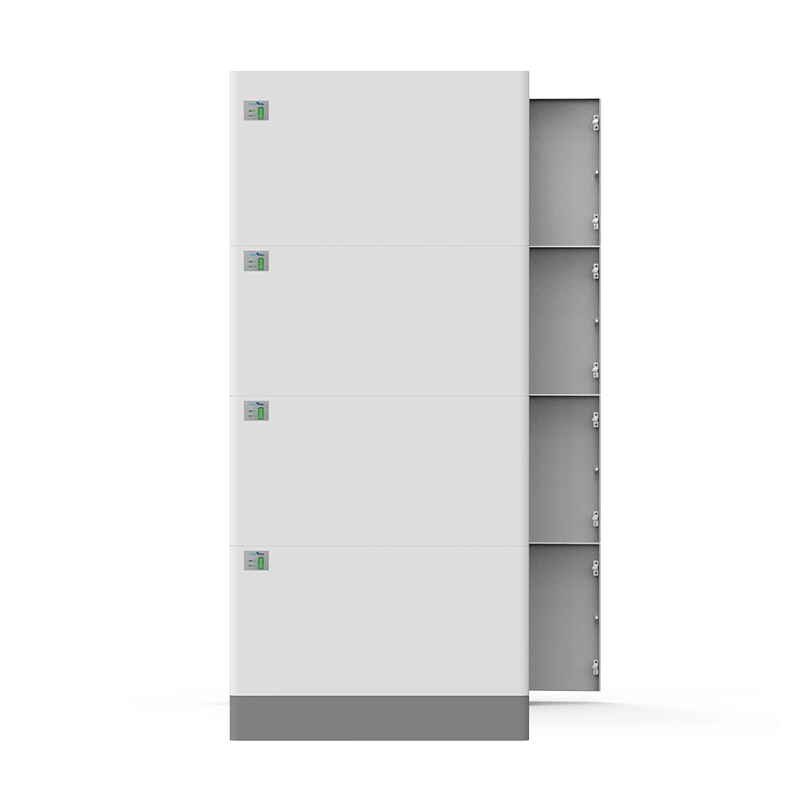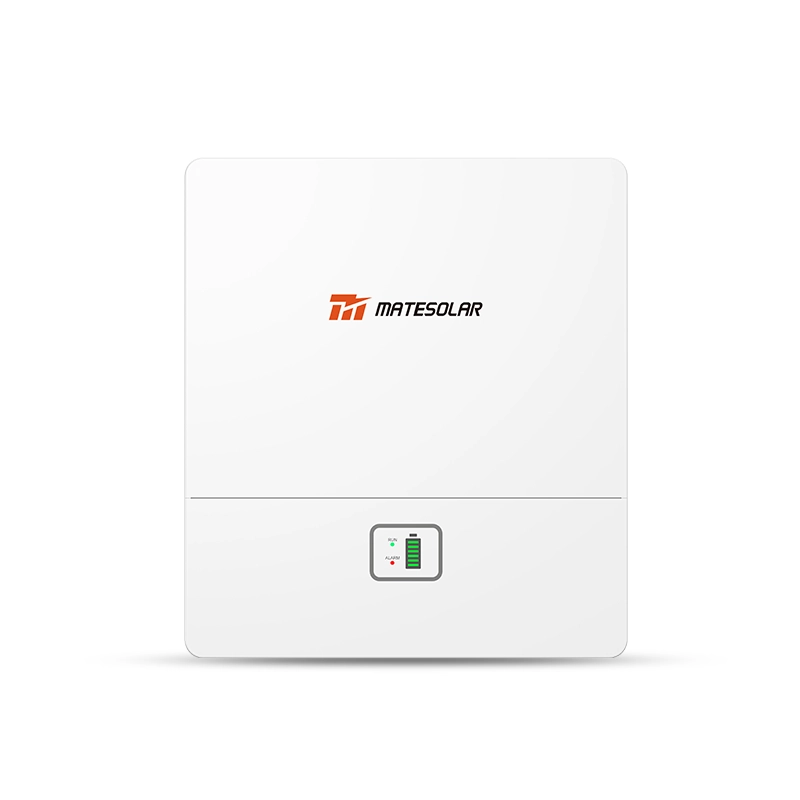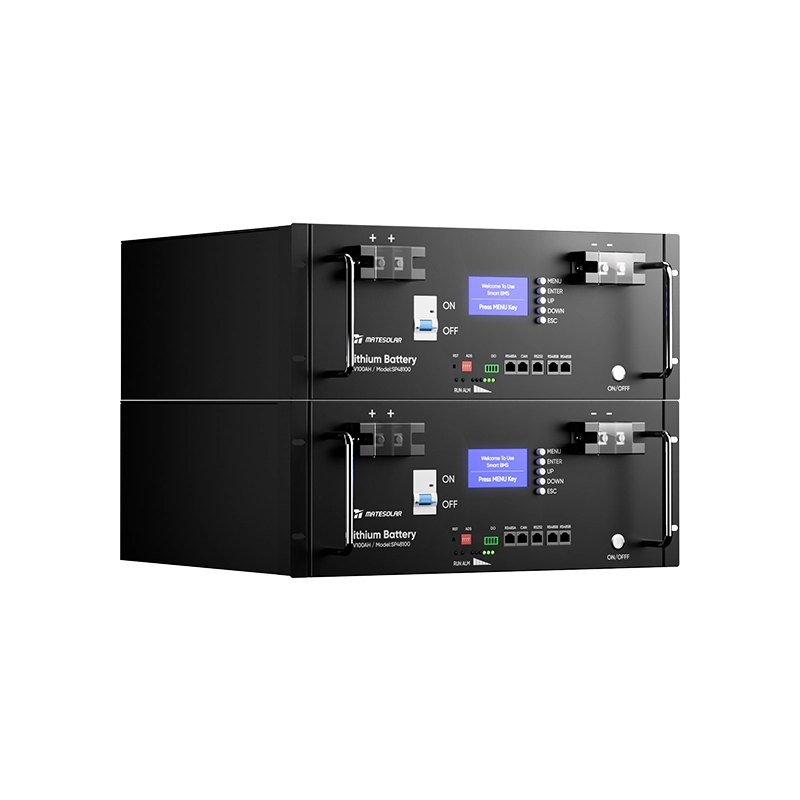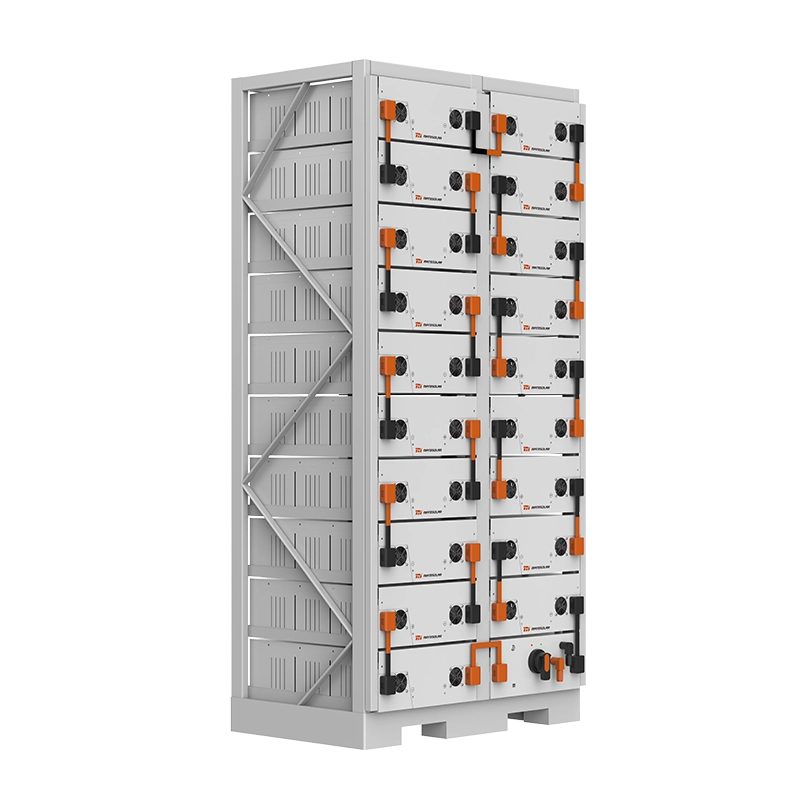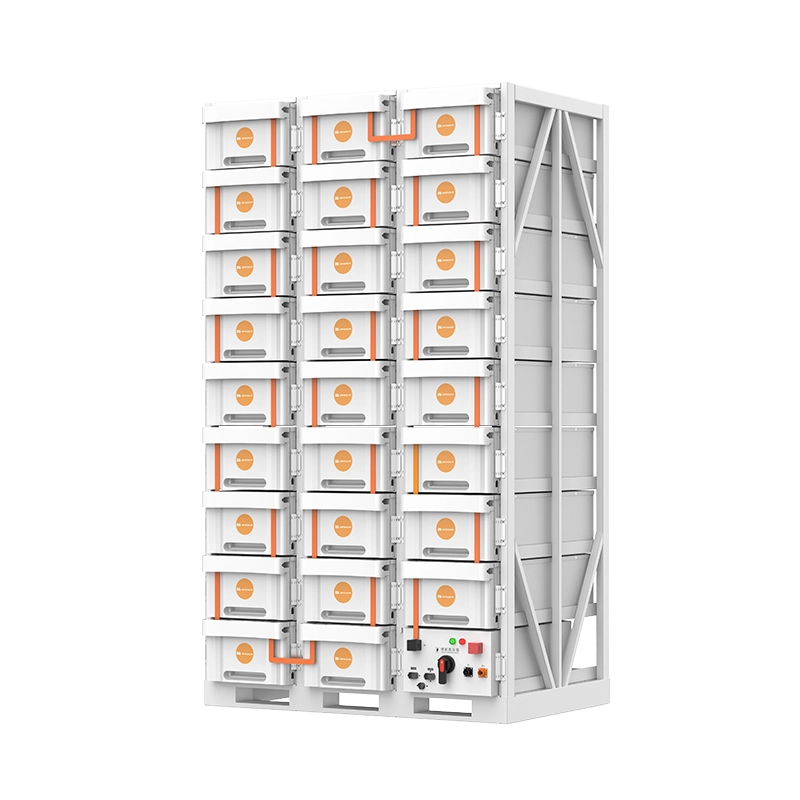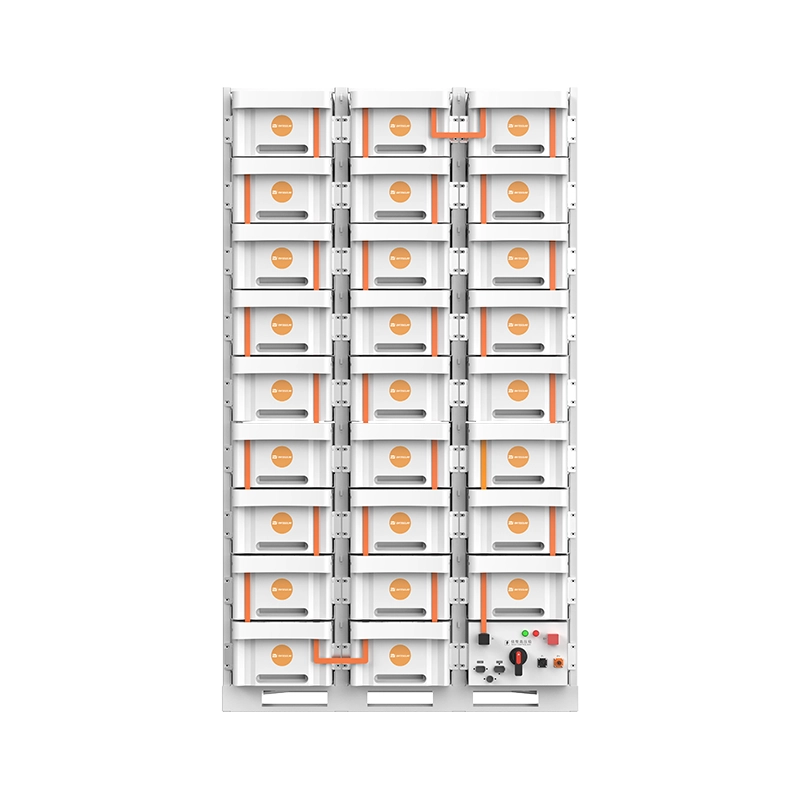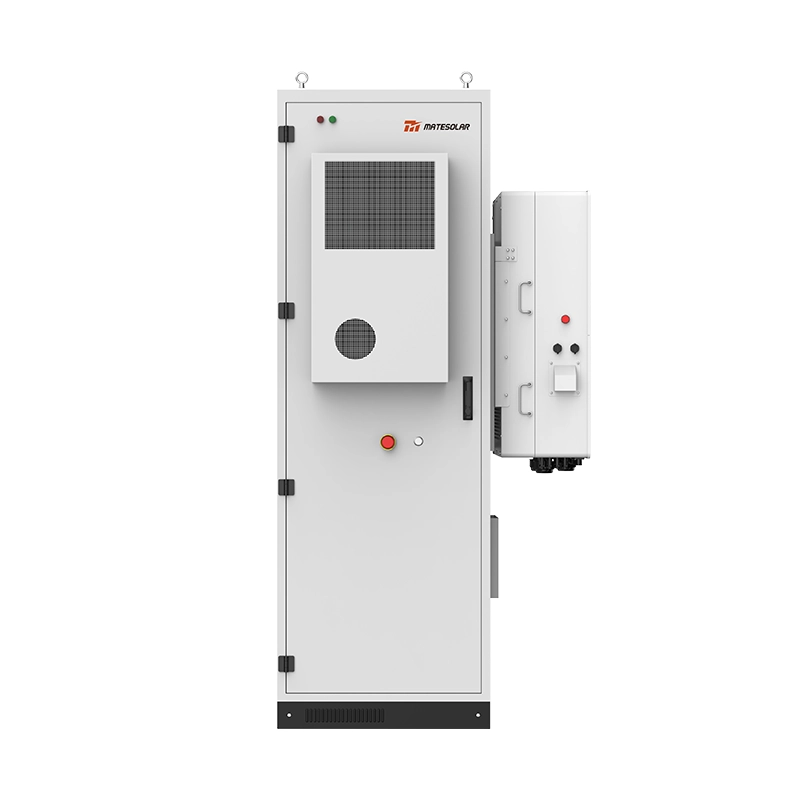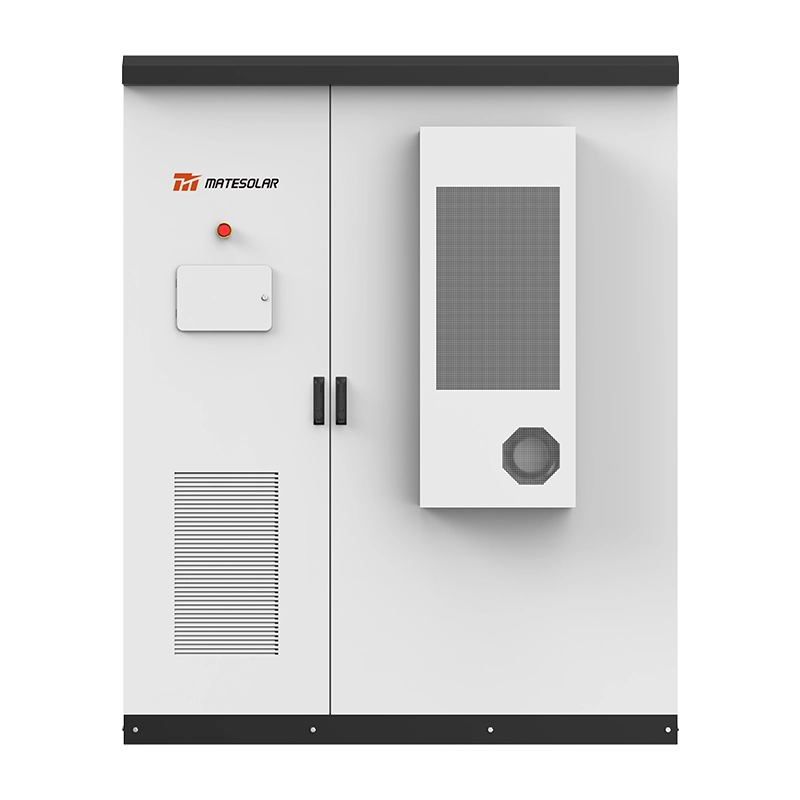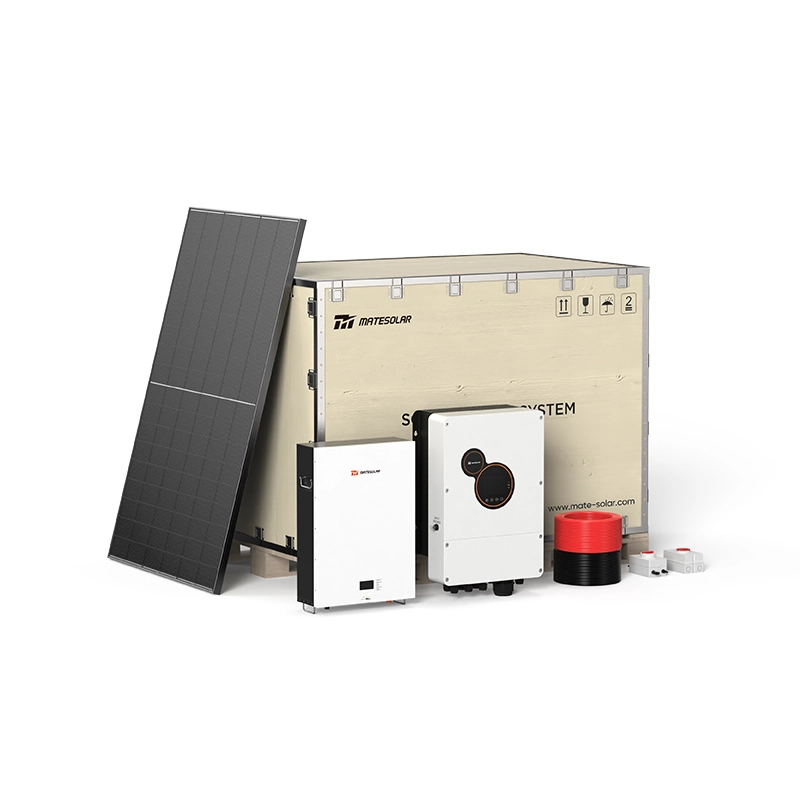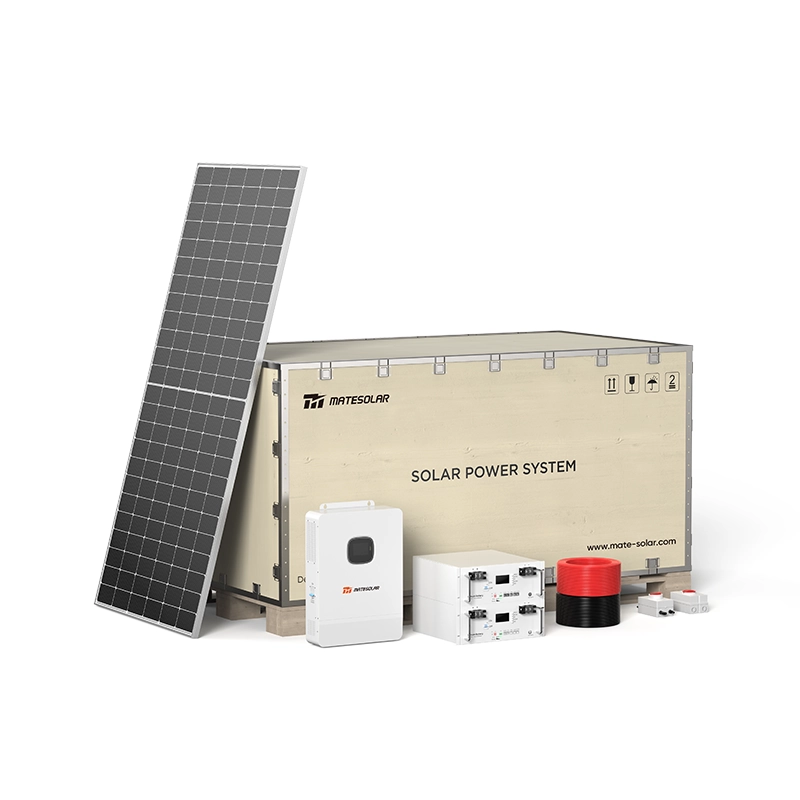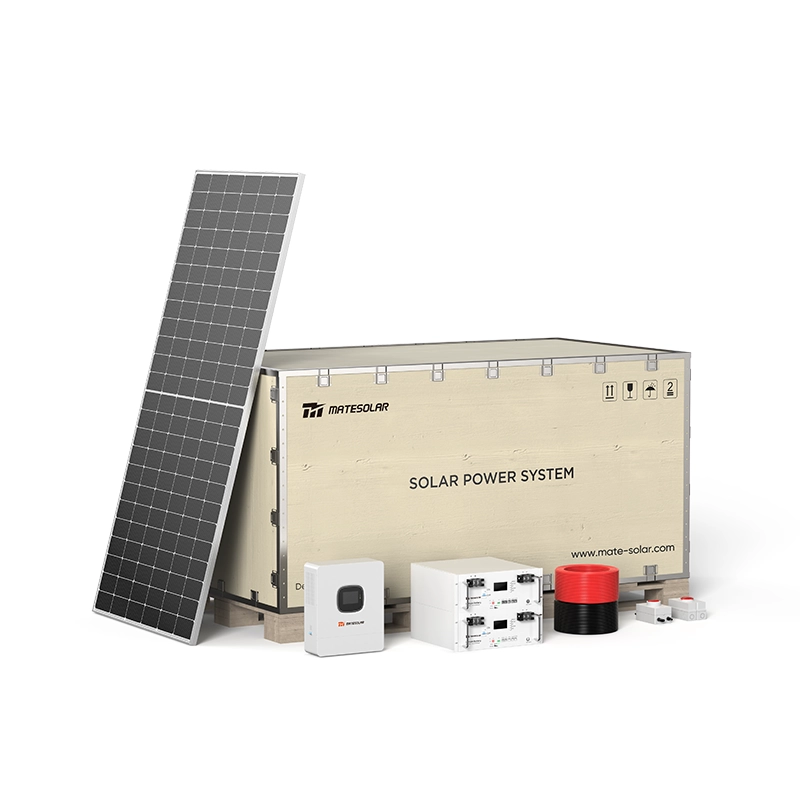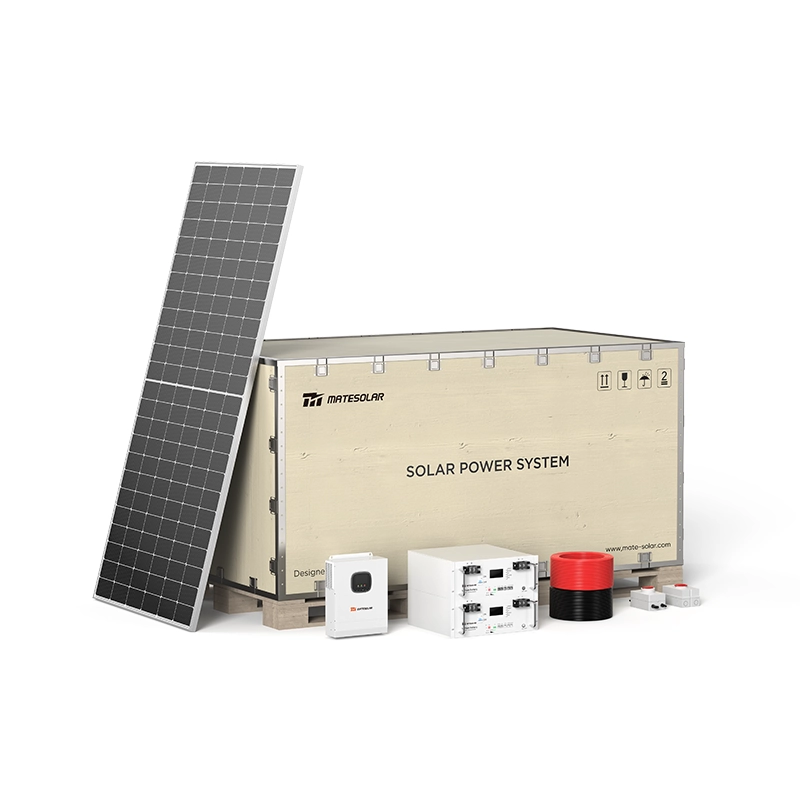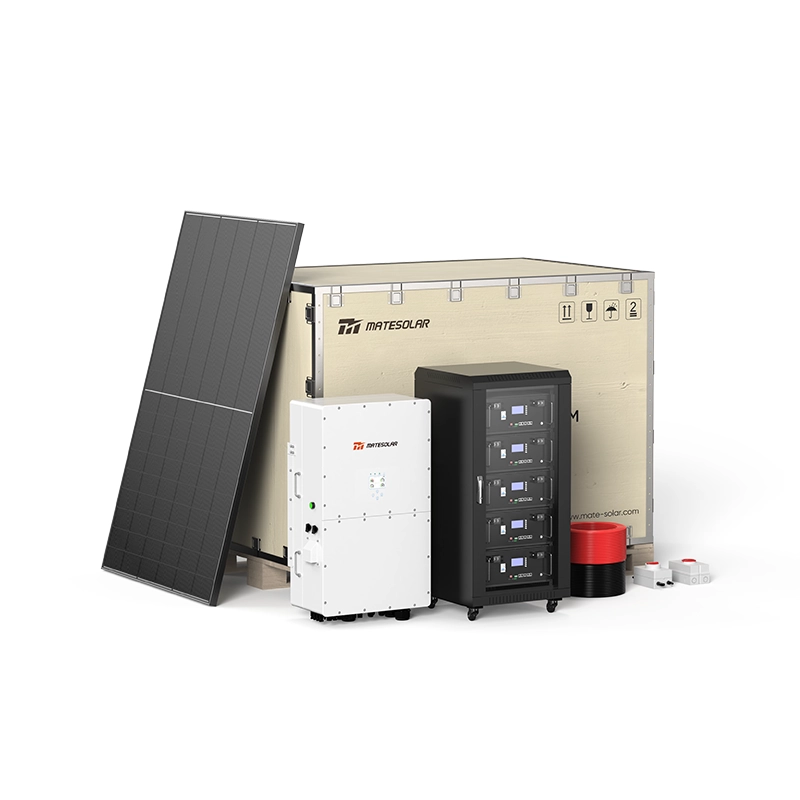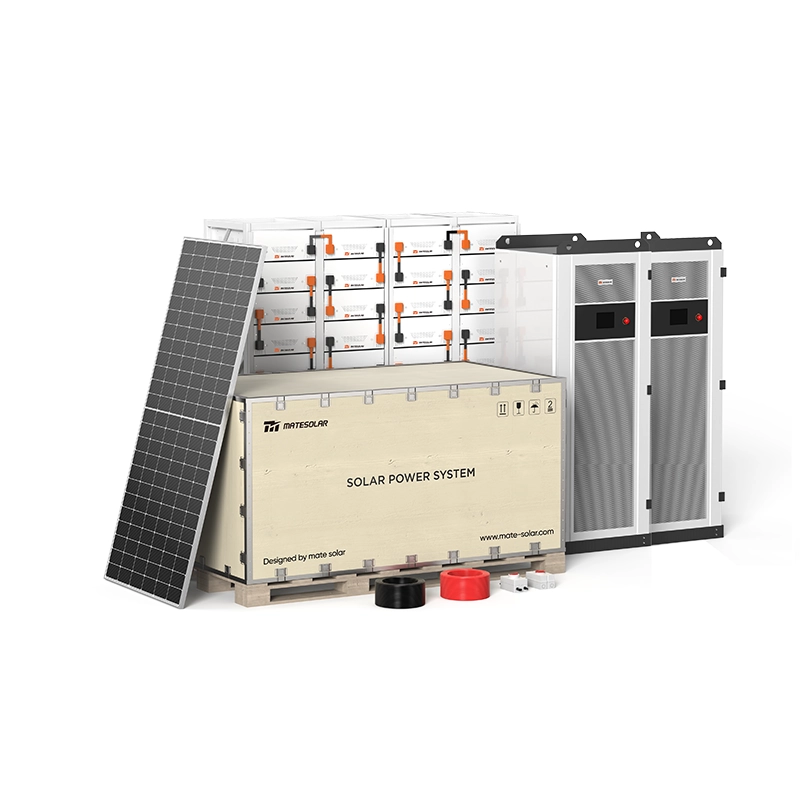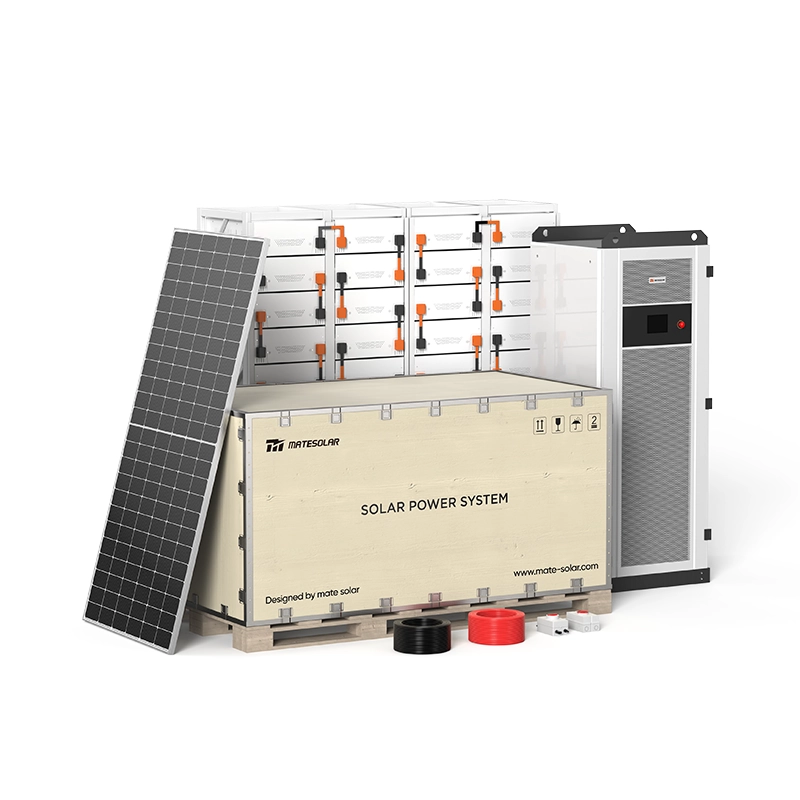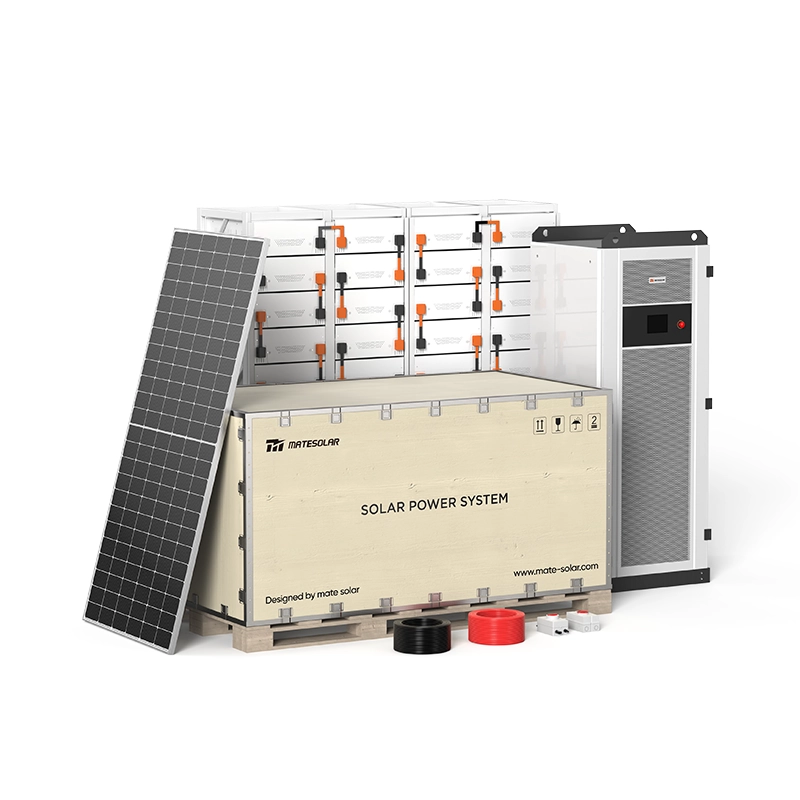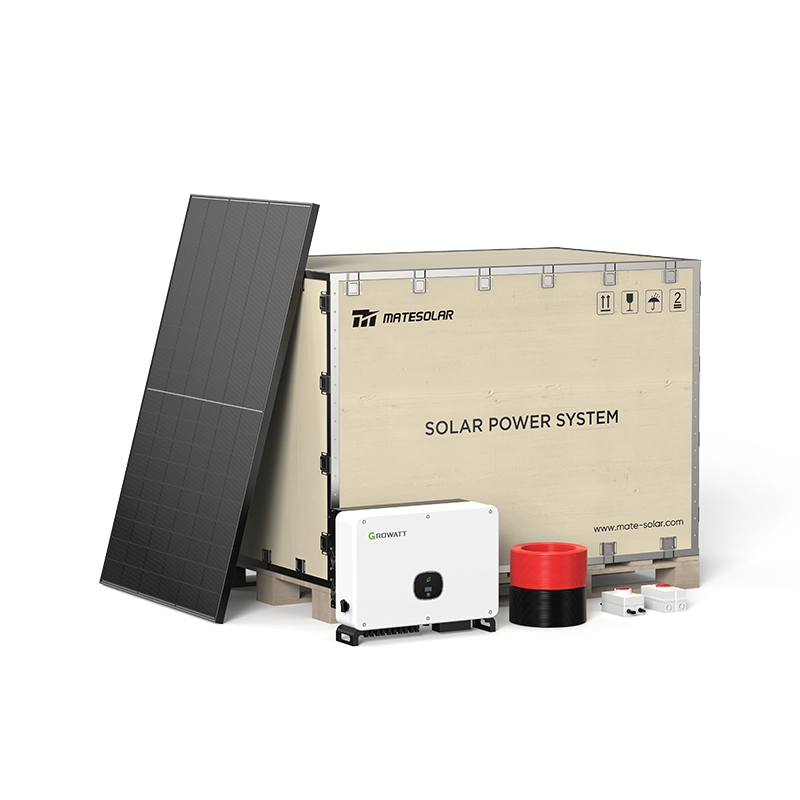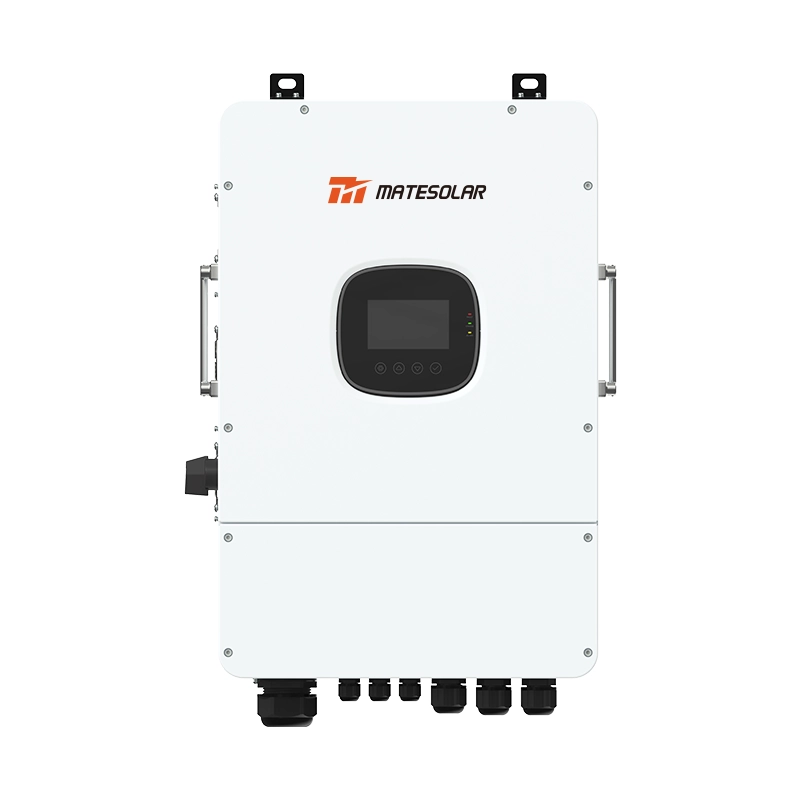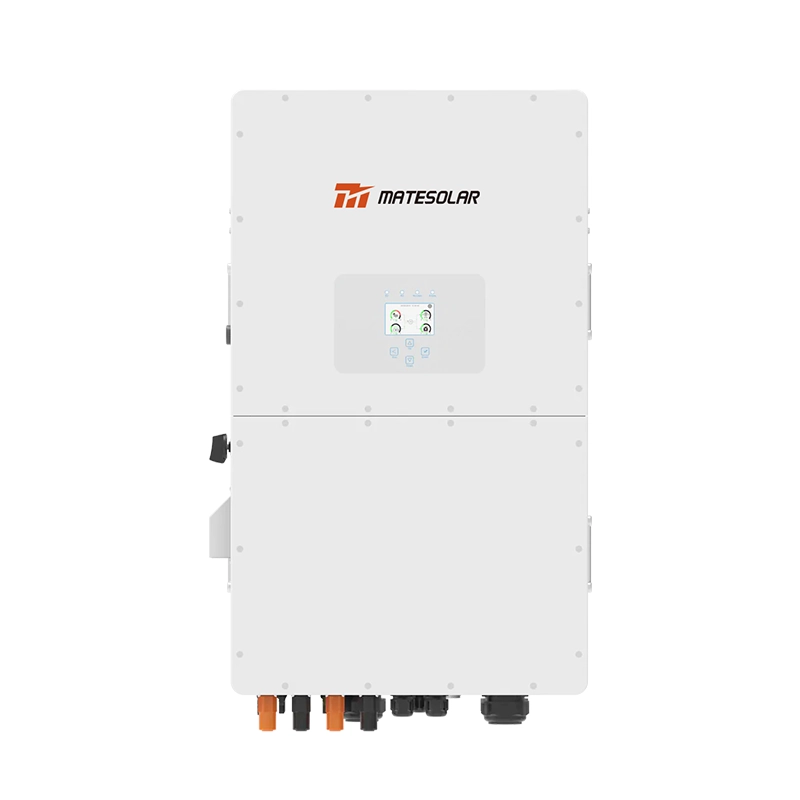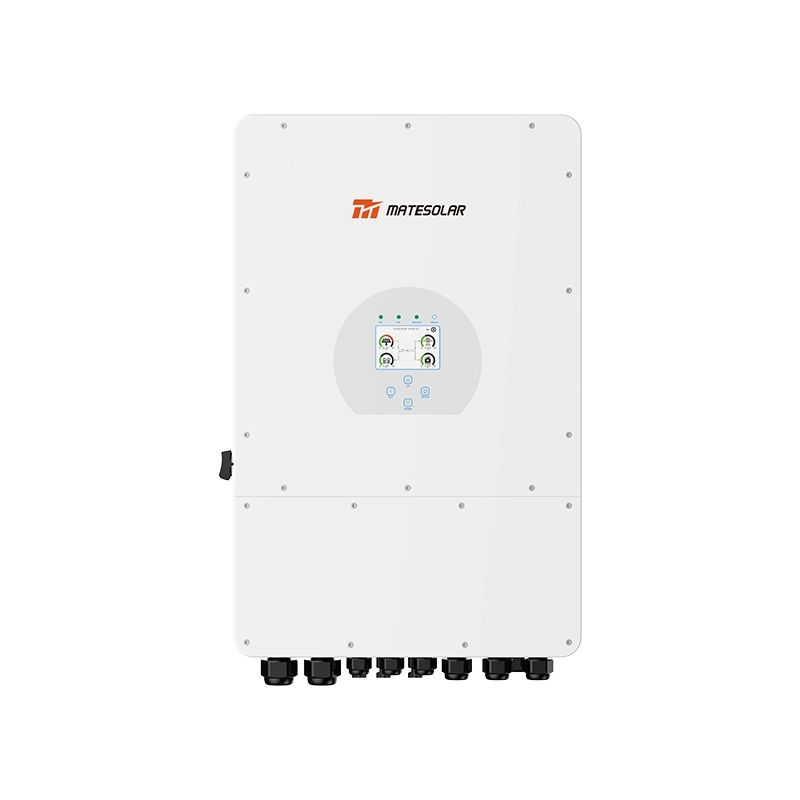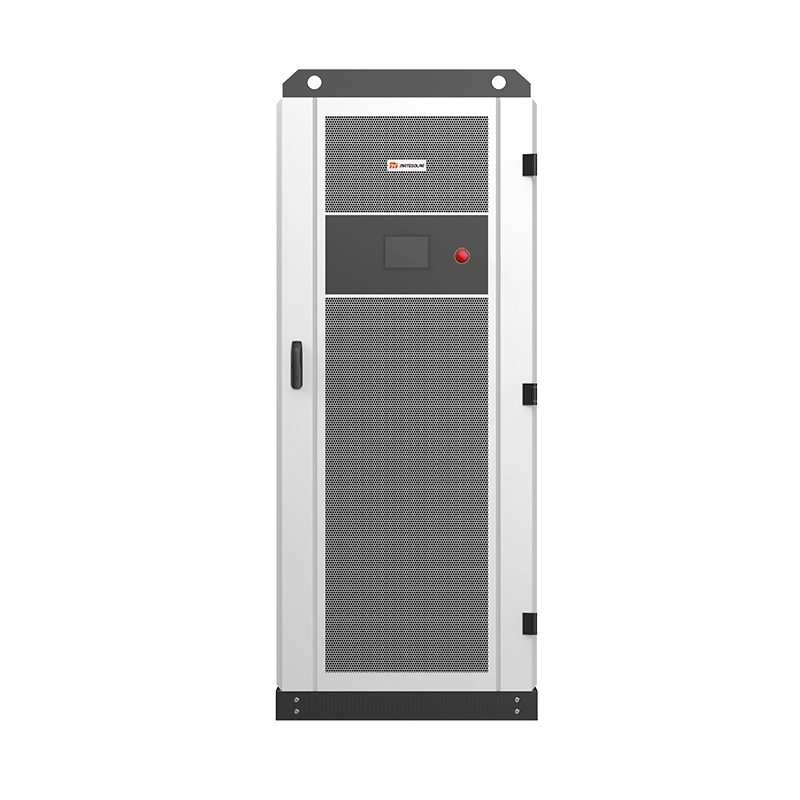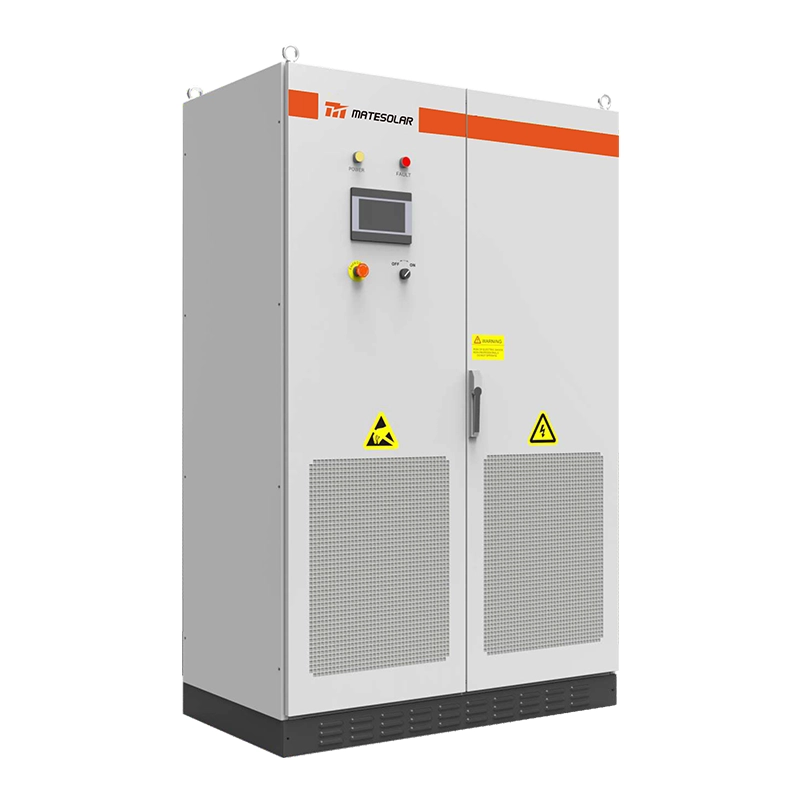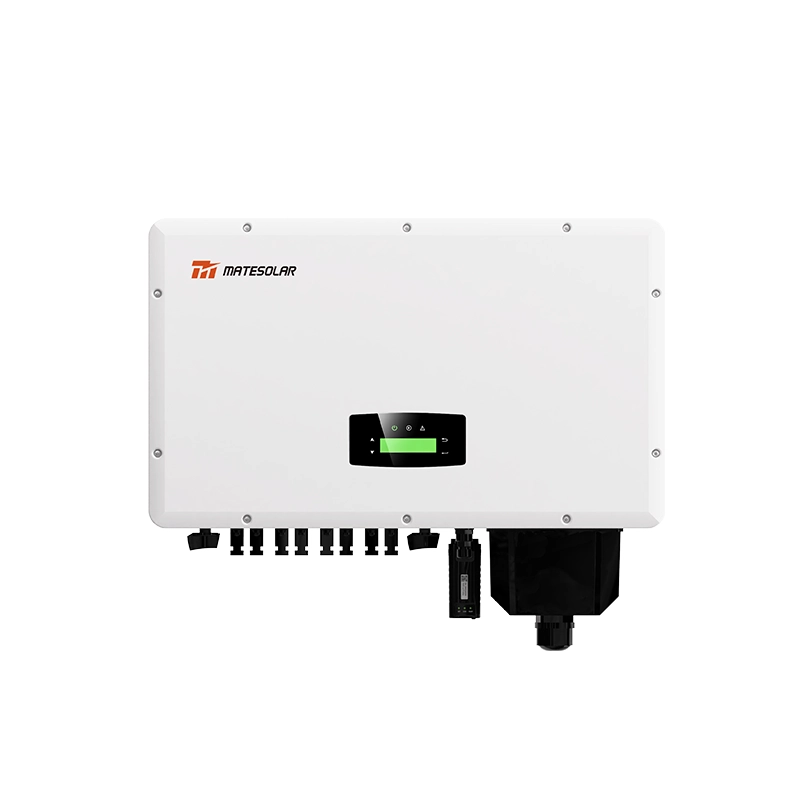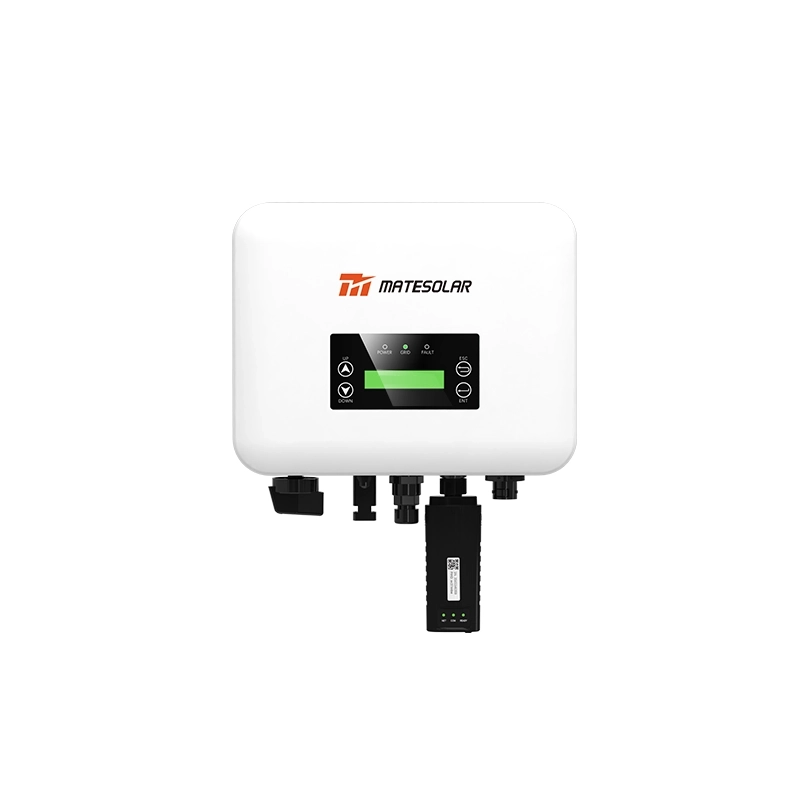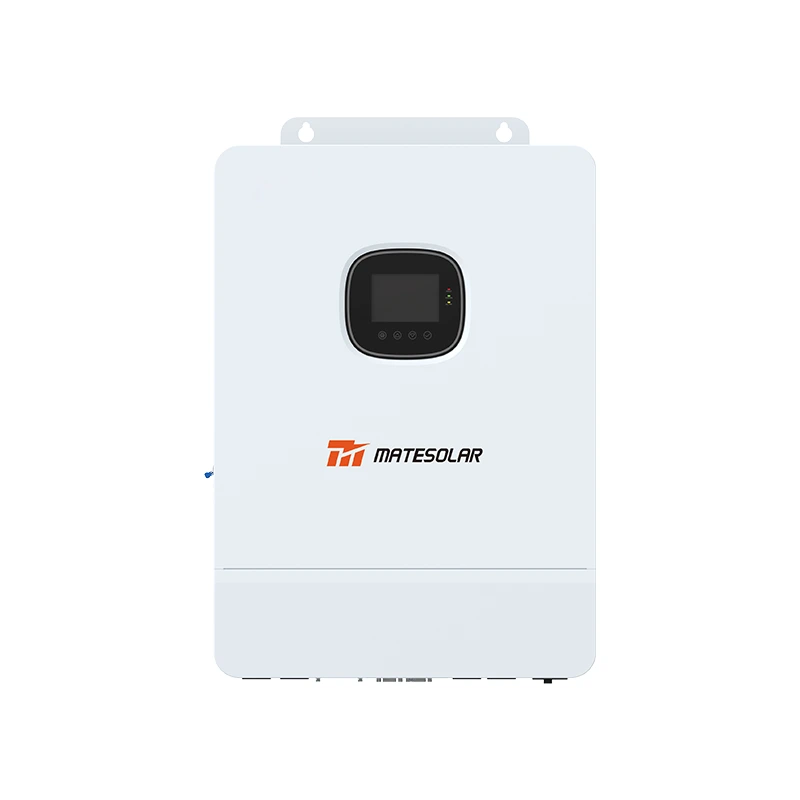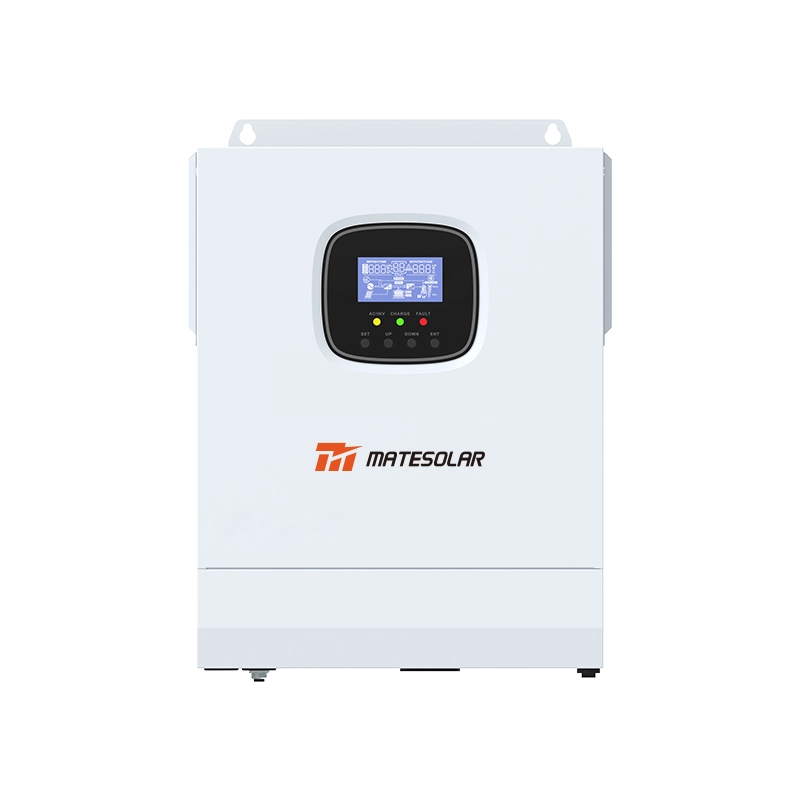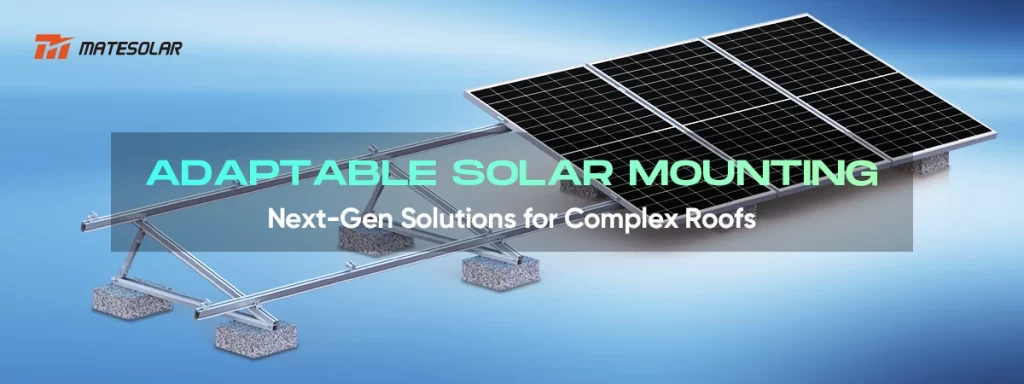
The rapid growth of rooftop solar faces a hidden structural challenge: approximately 45% of commercial buildings and 30% of residential properties feature non-standard roofing materials that resist conventional mounting approaches. These surfaces—from historic clay tiles and lightweight membranes to curved metal assemblies—demand engineering beyond standard racking systems. As building-integrated photovoltaics gain momentum, the industry is responding with radical adaptability in mounting technologies. MateSolar leads this transformation through integrated structural engineering and storage innovation, ensuring every rooftop can become a power plant without compromising building integrity or aesthetics.
The Roof Diversity Challenge
Non-standard roofs present multifaceted obstacles that generic mounting systems cannot solve. Asphalt roofs require non-penetrative solutions to preserve waterproofing integrity, with systems like Dome Solar's Roof-Solar Tilted Bitumen using thermally welded fixation strips instead of ballast or penetrations. Historic buildings with slate or clay tiles need weight-distributed attachments that avoid brittle fracture points. Modern architectural trends compound these issues—green roofs demand elevated airflow designs, while trapezoidal metal panels require specialized clamps like Clenergy's PV-ezRack® SolarRoof™ with its patented Z-module technology. Each scenario demands site-specific calculations for wind uplift (up to 60m/s survival requirements), snow loading (1.5kN/m²), and thermal expansion coefficients.
Core Technological Advancements
Flexible Mounting Architectures
MateSolar’s MetaRoof series exemplifies the shift toward multi-material adaptability, employing high-strength 6A22 aluminum alloy frameworks that reduce roof loading by up to 40% compared to steel alternatives. The systems incorporate:
1. Dynamic Tilt Mechanisms: 10°-60° angle adjustability for optimization across latitudes.
2. Curvature-Adapting Rails: Precision-formed aluminum extrusions conforming to ±15° roof undulations.
3. Hybrid Attachment: Combining seam clamps for metal roofs (200N clamping force) and vacuum-sealed feet for membrane roofs.
Intelligent Roof Matching Technology
Beyond hardware, AI-driven simulation now accelerates compatibility verification. Our CloudRoof platform cross-references 3D lidar roof scans with a 20,000+ profile database to generate material-specific mounting prescriptions. This computational approach reduces installation planning from weeks to hours while ensuring:
<1> Load distribution exceeding 500Pa uniform pressure tolerance.
<2> Thermal gap optimization preventing micro-cracking.
<3> Zero interference with roof drainage paths
Material Science Innovations
Korean research breakthroughs in carbon nanotube (CNT)-polyaniline composites deliver corrosion-resistant mounting components with 2.8x greater strength-to-weight ratios than conventional aluminum. These align with TES (Thermal Energy Storage) trends using phase-change materials (PCMs) for thermal regulation—critical for preventing asphalt roof degradation under arrays
Integrated Storage Breakthroughs
Next-generation mounting integrates storage capabilities at the design phase. Huawei’s FusionSolar 9.0 introduces grid-forming (GFM) technology that enables rooftop systems to provide short-circuit current support and minute-level black start capabilities—functions previously exclusive to utility-scale plants. CATL’s TENER Stack achieves unprecedented density (9MWh per container) using zero-degradation cells, allowing compact basement or rooftop co-location. MateSolar leverages these advances through modular LUNA2000 battery systems, synchronizing with Huawei’s AI Energy Management Assistant for 24/7 renewable consumption.
Table: Performance Parameters Across Roof-Specific Mounting Systems
| Roof Type | Max Wind Resistance | Snow Load Limit | Tilt Range | Corrosion Rating | Warranty Period |
| Asphalt (Bitumen) | 60 m/s | 1.5 kN/m² | 10° fixed | ISO 9227 C5 | 12 years |
| Standing Seam Metal | 88 m/s | 2.0 kN/m² | 10°-45° | ASTM B117 3000hr | 15 years |
| Clay Tile | 50 m/s | 1.2 kN/m² | 10°-30° | ISO 9227 C4 | 20 years |
| Green Roof | 45 m/s | 0.8 kN/m² | 5°-15° | ISO 9227 C3 | 10 years |
| Membrane (TPO/PVC) | 55 m/s | 1.0 kN/m² | 0°-10° | ISO 9227 C2 | 12 years |
Technical Q&A: Critical Implementation Considerations
Q1: How are historical buildings with fragile roofing materials accommodated?
A: We deploy ultrasonic thickness testing to map load-bearing capacity, then use dispersed-adhesion mounts requiring zero penetrations. The system’s 3.2kg/m² dead load is 70% below conventional racks, preserving structural integrity
Q2: What certifications validate performance claims under extreme weather?
A: All systems exceed IEC 61215/61730 standards with additional certification for:
<1> IEEE 693 seismic compliance (magnitude 9 earthquakes);
<2> Hurricane testing up to 88m/s (198 mph);
<3> -30°C to 85°C operational range validation;
Q3: Can installations proceed without roof removal?
A: Yes—our robotic installers deploy mounts via rooftop access hatches, reducing labor by 75%. Post-installation drones conduct 0.1mm-precision uplift monitoring.
Q4: How do costs compare to standard roof retrofits?
A: Customization adds 8-12% upfront but delivers 25%+ lifetime ROI through:
<1> 40% faster installation (pre-assembled tilt structures);
<2> Zero roof penetration repair costs;
<3> 30% longer system lifespan via corrosion-resistant materials
Q5: What aesthetic options exist for visible installations?
A: Substrate-matched anodizing, low-profile designs (97mm rail height), and architectural-grade faux roofing elements maintain building aesthetics.
The Path Forward
The future of rooftop solar lies in mass customization—where every mounting system is unique, yet rapidly deployable. With 268 million global buildings possessing non-standard roofs, solutions must blend computational design, advanced materials science, and storage integration. MateSolar delivers this trifecta through partnerships with innovators, establishing seamless energy transition pathways for previously "unfit" roofs.
As buildings evolve from energy consumers to producers, MateSolar’s unified approach—spanning custom mounting, grid-forming storage, and AI-driven management—positions us as the essential partner for the architecturally complex energy transition. We don’t just adapt to your roof; we reinvent its purpose.





